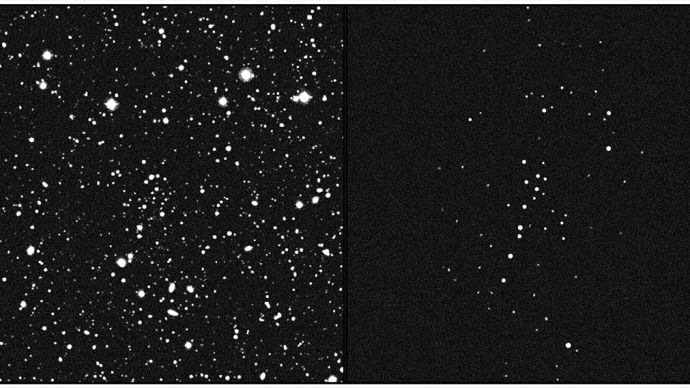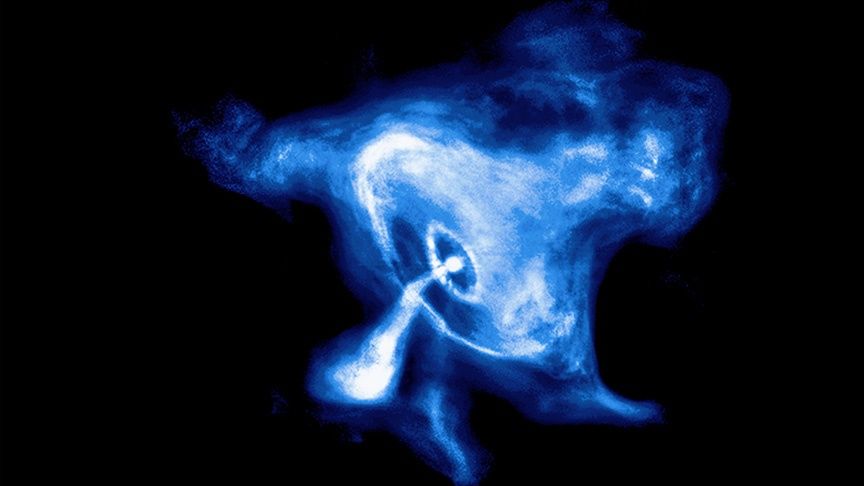Uncovering the Mystery of UMa3/U1 System
A peculiar system of stars, named Ursa Major III/Unions 1 (UMa3/U1), discovered by astronomers from the University of Victoria in Canada and Yale University in the United States, has left the scientific community puzzled. This system, located 30,000 light-years away, is a rare find with only 60 visible stars, totaling just 16 times the mass of our sun, and spanning an area of 10 light-years across. The ambiguity surrounding this system’s classification is reflected in its name, as it combines the typical naming conventions of both dwarf galaxies and star clusters.
An Enigmatic Enigma
UMa3/U1’s enigmatic nature has sparked two equally intriguing possibilities among astronomers. One hypothesis posits that it is a dwarf galaxy stabilized by substantial amounts of dark matter, while the other suggests it may be a star cluster observed at a critical juncture before its impending demise. Notably, if UMa3/U1 is indeed a dwarf galaxy, it could offer crucial insights into the formation of our Milky Way galaxy.
A Missing Piece of the Puzzle
According to the prevailing cosmological model, galaxy formation involves a hierarchical process where dark matter halos containing dwarf galaxies eventually merge to create larger galaxies. While this process is ongoing, the discovery of only about 50 dwarf galaxies so far raises questions regarding the whereabouts of the remaining galaxies. UMa3/U1’s unique characteristics challenge existing assumptions, with a mass 15 times lower than the next faintest ultra-faint dwarf galaxy, suggesting that some galaxies may have gone undetected due to their minimal star content.
Further observations utilizing the Deep Imaging Multi-Object Spectrograph (DEIMOS) instrument at the W. M. Keck Observatory have provided valuable insights into UMa3/U1’s composition. The measured velocity dispersion of its stars indicates that they are bound by a dense halo of dark matter, highlighting the system’s exceptional dark matter to visible matter ratio.
The Evolutionary Tale of UMa3/U1
The scarcity of stars in UMa3/U1 could be attributed to a past starburst phase, where rapid star formation led to subsequent events that prevented the generation of new stars. Luminous, massive stars formed during this phase, along with the shockwaves from their supernova explosions, may have dispersed the remaining star-forming gas, impeding any additional stellar birth. As a result, UMa3/U1 now consists of a small population of faint, long-lived stars that survived the aftermath of the ancient starburst.
This groundbreaking discovery challenges existing notions of galaxy formation and could redefine our understanding of what constitutes a galaxy. Published findings in The Astrophysical Journal shed light on the implications of UMa3/U1 for galaxy formation, offering a tantalizing glimpse into the mysteries of the universe.
Image/Photo credit: source url





